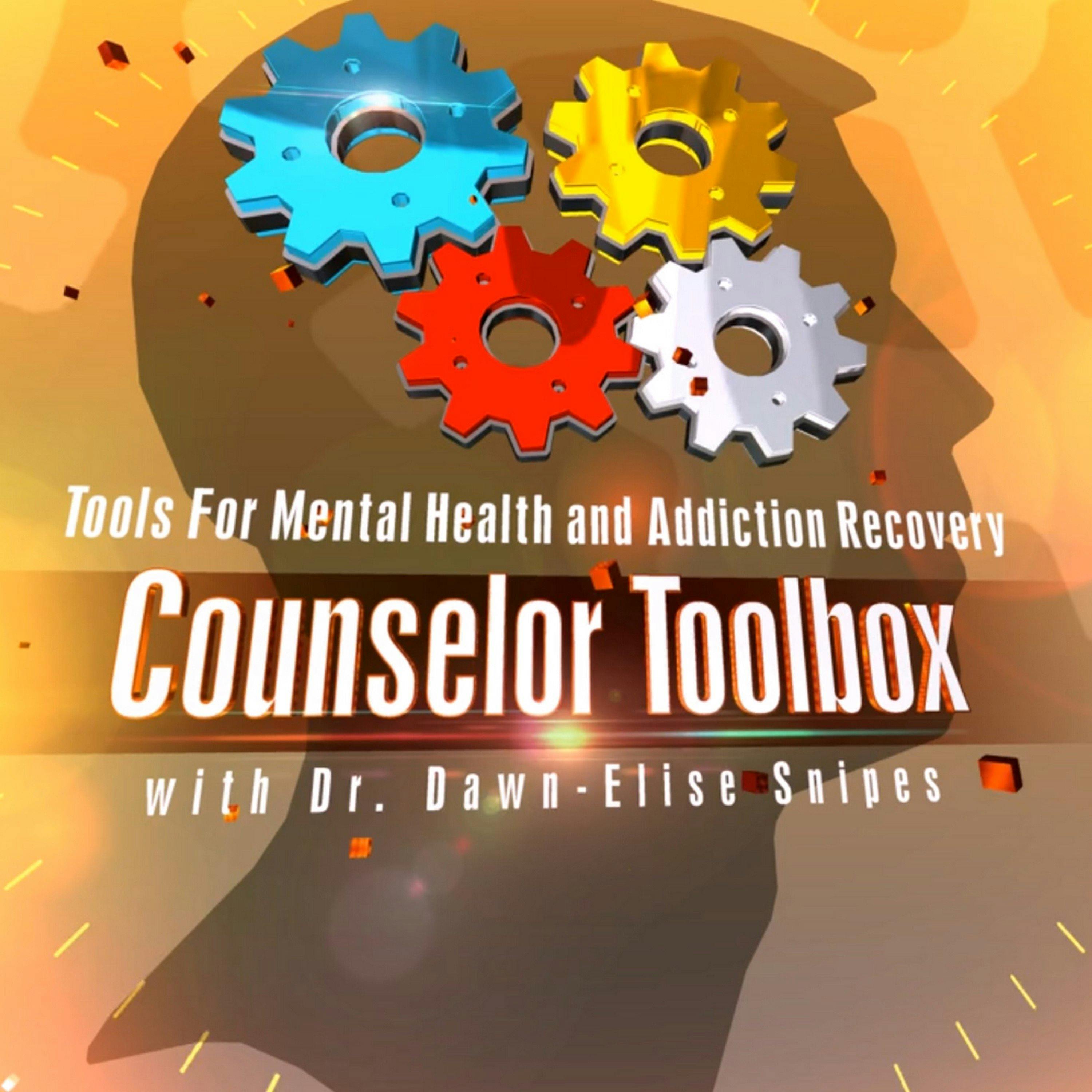Addiction Prevalence, Symptoms & Course | Addiction Counselor Academy
Description
1. Introduction
Topic: Addiction Prevalence, Symptoms, and Course
Presenter: Dr. Dawn-Elise Snipes
Focus: Understanding addiction as a chronic disease affecting brain function and behavior.
2. Prevalence of Addiction
2012 Statistics:
6.5% of the population over age 12 reported heavy drinking.
9.2% reported illicit drug use.
2021 Statistics:
14.3% reported illicit drug use, possibly influenced by marijuana legalization.
5.8% reported heavy drinking, showing a slight decrease.
Interpretation: The statistics provide insight but may be influenced by changing legal statuses of substances like marijuana.
3. Addiction as a Disease
Definition: Addiction is a chronic disease that impacts brain reward, motivation, and memory circuits.
Diagnosis: The DSM-5 categorizes substance-related disorders into intoxication, withdrawal, and substance use disorders.
Impact on the Brain: Addiction causes physiological changes, particularly in dopamine and opioid systems, leading to altered brain function and behavior.
4. Understanding Substance Use Disorder (SUD)
Categories: Intoxication, withdrawal, and substance use disorder.
Symptoms of SUD:
Tolerance
Withdrawal symptoms
Cravings
Repeated unsuccessful attempts to quit
Excessive time spent on substance-related activities
Reduction in other activities
Continued use despite harm
Use in risky situations
Social or relationship problems
Severity Levels:
Mild: 2-3 symptoms
Moderate: 4-5 symptoms
Severe: 6 or more symptoms
5. Addiction Progression
Chronic Nature: Addiction is progressive and can lead to severe disability or premature death if untreated.
Physiological Course: Repeated substance use causes surges in brain chemicals, leading to tolerance and dependence.
Relapse Potential: Even after treatment, cravings can persist, particularly during early and sustained remission.
6. Types of Addictions
Chemical Addictions: Alcohol, drugs, etc.
Behavioral Addictions: Gambling, internet use, sex, shopping, etc.
Process Addictions: Non-substance-related activities that trigger similar brain responses as drugs.
7. Treatment and Recovery
Treatment Planning: Depends on the severity, types of addiction, symptoms, and individual resources.
Considerations: Age, cognitive functioning, physical and mental health conditions, and availability of resources.
Chronic Management: Recovery involves continuous management of addiction, addressing underlying issues, and rebuilding brain function.
8. Psychological and Physical Dependence
Physical Dependence: Involves neurological changes that require the substance for normal functioning.
Psychological Dependence: Results from mood effects due to neurochemical imbalances and stress responses.
9. Concurrent Disorders
Co-occurring Issues: Depression, anxiety, trauma, and other mental health conditions often accompany addiction.
Importance of Comprehensive Care: Addressing all co-occurring disorders is crucial for effective recovery.
10. Future Directions
Next Session: Focus on models and theories of addiction.
Understanding Addiction: Continued exploration of addiction as a complex, multifaceted disease requiring a comprehensive approach to treatment.
Chapters:
00:00:00 - Addiction Prevalence, Symptoms, and Course
00:07:41 - The Consequences of Process Addictions
00:15:17 - Diagnosis of Substance Use Disorder
00:22:35 - Signs of Substance Use Disorder
00:29:59 - Symptoms of Substance Use Disorder
00:37:40 - The Brain's Response and Adaptation to Reward Stimulation
00:44:47 - Cross Tolerance and Signs of Dependence
00:52:37 - The Pain of Unfulfilled Desires
01:00:19 - Compulsive Behaviors and Addiction
01:08:11 - Deep Brain Stimulation for Mental Health
Learn more about your ad choices. Visit megaphone.fm/adchoices
More Episodes
Learn more about your ad choices. Visit megaphone.fm/adchoices
Published 11/21/24
Published 11/21/24
Introduction
Presenter: Dr. Dawn-Elise Snipes discusses helping families navigate life transitions using the Flower Empower Model.
The focus is on understanding how various transitions impact both individuals and families, emphasizing the importance of supportive partnerships between...
Published 11/19/24


